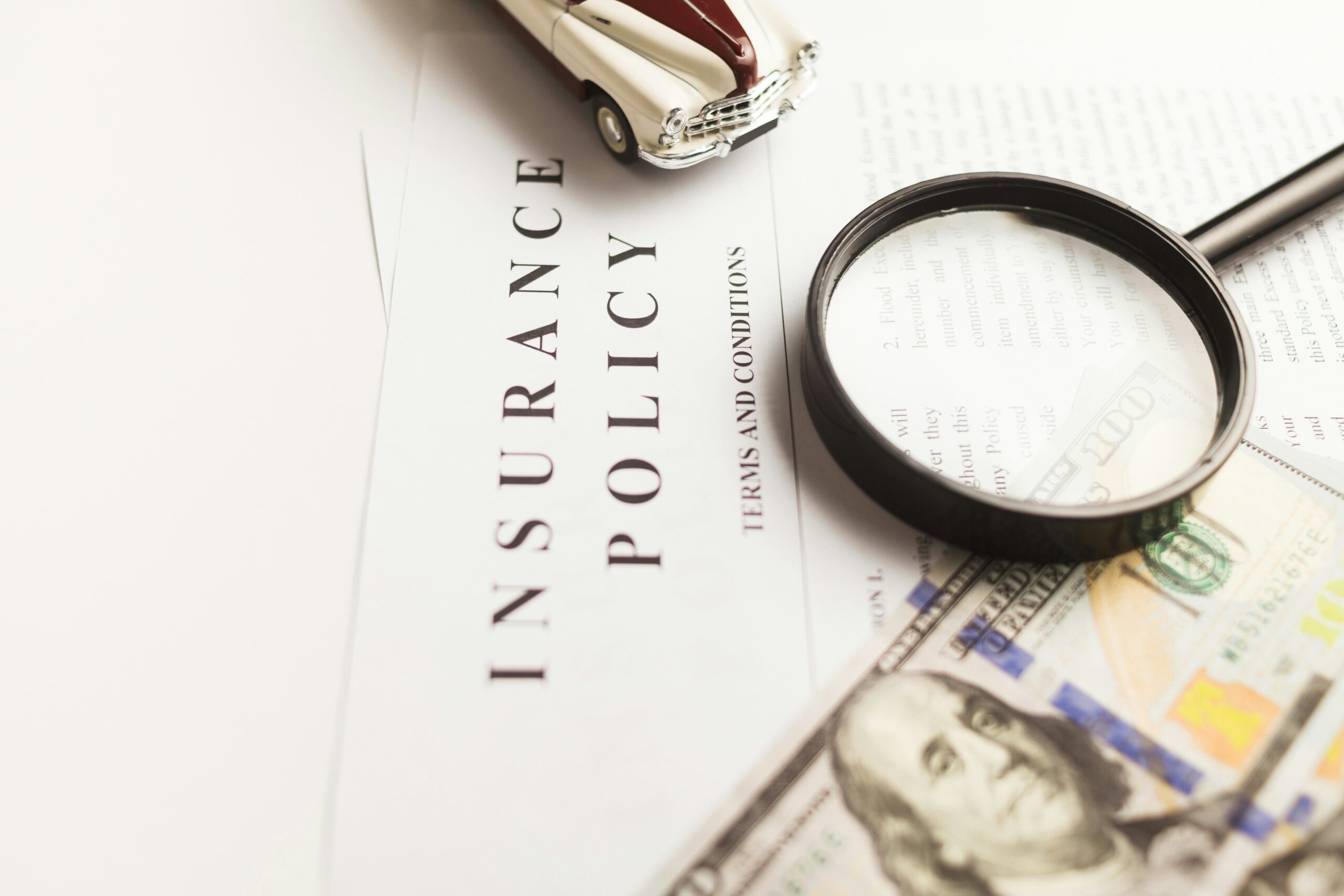How would you respond to a devastating incident that damages your building, destroys your equipment, and ruins your inventory? With business property insurance, you’d file a claim and use the proceeds to repair or replace your damaged property. But what if your property limits weren’t enough to cover the cost of rebuilding and replacement?
Business property insurance helps your business bounce back from disaster after a covered event, but it’s only as effective as your policy’s coverage limits. Failing to choose the correct property limits for your needs may leave you exposed to out-of-pocket expenses beyond your policy’s deductible.
In some cases, you may also be assessed a type of penalty, called coinsurance, for purchasing business property insurance without adequate property limits.
What is business property insurance coinsurance?
Coinsurance is the share of insurance you’re responsible for after meeting your deductible and before your insurer pays out. You may be familiar with coinsurance if your health insurance plan requires you to pay a portion of a covered medical expense before your insurer picks up the rest.
In the context of business property insurance, coinsurance functions more like a penalty.
If your business property insurance includes a coinsurance clause, you are required to purchase property limits equal to or exceeding a percentage of your property’s value — typically 80 percent. In other words, if your property is worth $1 million, you must have at least $800,000 of coverage.
Purchasing business property insurance with property limits below the 80 percent minimum would trigger the coinsurance clause of your policy. If you were to experience a covered loss, your insurer may reduce your claim payout by an amount proportionate to the difference between your property limits and the amount required by your policy’s coinsurance clause.
How coinsurance works
Assume your property value is $1 million at the time a covered loss occurs. If your property limits are below the required minimum of 80 percent, or $800,000, your payout would be reduced by a proportionate amount.
Let’s say your policy has a property limit of $500,000, or 50 percent of your property’s total value of $1 million. After a covered event, your property sustains $500,000 of damage. Though the cost of damage is within your property limit, you failed to satisfy your policy’s coinsurance clause.
As a result, your insurer’s claim representative would use the coinsurance formula to determine your reduced and adjusted payout:
(Your property limit / Amount required by coinsurance) x Amount of loss = Amount of claim
($500,000 / $800,000) x $500,000 = $312,500
So, following a covered loss in which you failed to meet the coinsurance requirement, your $500,000 claim would be reduced to $312,500 — a difference of $187,500. If $500,000 was absolutely required to rebuild your building and replace lost equipment, the $187,500 difference would need to come out of your pocket.
Now let’s say you met the coinsurance requirement of 80 percent, or $800,000 of coverage:
($800,000 / $800,000) x $500,000 = $500,000
You would not be required to pay coinsurance, so you’d receive a payout equal to the total claim (minus your policy deductible).
How to select property limits for business property insurance
Your property limits are based on one of two values:
- Replacement cost: the cost of repairing, replacing, or rebuilding your property with materials and products of a like kind and quality without accounting for depreciation
- Actual cash value (ACV): the replacement cost, minus depreciation
It may be wise to have your property appraised before purchasing business property insurance. This process provides you with a baseline for what property limits to set.
To satisfy the coinsurance clause of a business property insurance policy, choose a property limit equivalent to at least 80 percent of the replacement cost or ACV of your property, depending on the specifics of your policy.
Remember, too, that business property insurance is intended to cover your business, not just a small part of it (such as a piece of equipment). If your property limit only reflects part of your business, or a single item that a bank is requiring you to insure, you may be at higher risk of invoking the coinsurance clause in the case of a claim.
For example, if you buy a new piece of equipment for $30,000 and you have $20,000 in other property, your minimum required property limits would be $40,000 for policies with 80 percent coinsurance. If you were to later file a claim for a covered incident with this limit in place, you would not be penalized.
However, if your selected property limit was only $30,000 and that new piece of equipment was damaged in a covered loss, you may need to pay thousands of dollars to fully cover the loss of that equipment.
Select the correct property limits when buying business property insurance
When you request a quote for business property insurance, make sure you choose the correct property limits. Though Coterie requires your limits to be set to 80 percent of your property’s value, you may wish to consider increasing coverage to 90 or 100 percent if your budget allows for it.
Doing so will help ensure you receive the claims payout you need (minus your policy deductible and up to your covered limits) to get your business back up and running after a covered peril.
Without sufficient property limits in place, you may be penalized by the coinsurance clause and required to fork over money from your own pocket to replace and repair any lost or damaged property.





